BY PATRICIA NEWMAN
What makes a story?
A River’s Gifts shares the story of the Elwha River’s Restoration Project. Scientists and community members of The Lower Elwha Klallam Tribe (or The Strong People) came together with scientists from the Olympic National Park and government officials in Washington state and Washington, D.C. to restore the health of the river by removing two dams blocking the passage of salmon.
Salmon are part of The Strong People’s culture and spirituality. Their stories, food, rituals, and songs revolve around salmon.
In the back matter of A River’s Gifts, the Lower Elwha Klallam Tribe gave permission to reproduce Roger Fernandes’s painting of the Lady of the Mountain breaking the dam. According to Roger, “Storytelling is the most powerful way of sharing, teaching, and communicating…Our ancestors carried hundreds of stories in their hearts.”
In preparation
- Listen to Roger Fernandes talk about the importance of stories in the video below. Then listen to several of the stories he tells:
- Huckleberry Medicine Story
- Coming of Camas Story
- Gossiping Clams Story
- Grandmother Cedar Story
- Raven and the Headman Story: Water Gives Life
- Teachings of the Basket Story
- Choose one of the stories and discuss with the class using the following questions as a guide.
- Ask the students what the story meant to them? Why are stories important?
- What are some of the strategies Roger uses to make his stories interesting? Some possible replies might include repetition, words that make pictures in our minds, and changes in his tone of voice.
Materials
- Student notebooks
- Copy of A River’s Gifts
Creating salmon stories
- After reading A River’s Gifts, make a list of what salmon mean to The Strong People. You might also use ideas from the box below to generate questions and prompts for the students.
- Examine the “Safe Place for Salmon” graphic on the third spread of A River’s Gifts. Then discuss with students each stage of the salmon life cycle and the importance of habitat to the success of each stage.
- Now, ask students to write a short story about salmon in the Elwha River.
- Help students polish this story so it’s as perfect as possible, stressing peer critique groups, reading aloud for rhythm of words, and clarity.
- Once the students’ stories are in final form, ask them to “memorize” their story — not necessarily word for word, but they need to know their story well enough to share it aloud without reading it.
- Ask students to sit in a circle and share their stories orally using one of the same strategies Roger Fernandes uses to tell a good story.
- Finally, discuss what the stories mean to the audience.
What salmon mean to Native Americans
| What Salmon Mean to Native Americans |
|---|
| Salmon are part of our spiritual and cultural identity Over a dozen longhouses and churches on the reservations and ceded areas rely on salmon for their religious services. The annual salmon return and its celebration by our people assure the renewal and continuation of human and all other life. Historically, we were wealthy people because of a flourishing trade economy based on salmon. Salmon and the rivers they use are part of our sense of place. The Creator put us here where the salmon return. We are obliged to remain and protect this place. Salmon are indicator species: as water becomes degraded and fish populations decline, so too will the elk, deer, roots, berries, and medicines that will sustain us. As our primary food source for thousands of years, salmon continue to be an essential aspect of our nutritional health. The annual return of the salmon allows the transfer of traditional values from generation to generation. Without salmon returning to our rivers and streams, we would cease to be Indian people. |
| from the Salmon Homecoming Activity Book on the Since Time Immemorial: Tribal Sovereignty in Washington State page of the Washington Office of Superintendent of Public Instruction website. |
Featured image llustrated by Natasha Donovan from A River’s Gifts (Millbrook Press/Lerner, 2022).
Critically acclaimed author of nonfiction books for children, recipient of a prestigious Sibert Honor for best informational book written in English, Patricia Newman empowers her readers to seek connections to the real world and to use their imaginations to act on behalf of their communities. Using social and environmental injustice as inspiration for books, Patricia frequently speaks to adults and children share how we can affect change. Find her online at patriciamnewman.com.
Books
Patricia’s nonfiction books for children have been welcomed in classrooms and libraries around the country. Considered one of the best nonfiction authors writing for students in today’s market, her new release A River’s Gifts received starred reviews from Booklist and Kirkus. Other titles include:
- Planet Ocean – Orbis Pictus Recommended, Children’s Book Committee at Bank Street College Best Children’s Book of the Year, Outstanding Merit
- Sea Otter Heroes – Robert F. Sibert Honor, ALA Notable Book, Green Earth Book Award
- Eavesdropping on Elephants – Outstanding Science Trade Book; Children’s Book Committee at Bank Street College Best Children’s Books of the Year; Eureka! Gold Award from the California Reading Association
- Zoo Scientists to the Rescue – Eureka! Gold Award from the California Reading Association, Bank Street Center for Children’s Literature Best Children’s Books of the Year
- Plastic, Ahoy! – Green Earth Book Award, AAAS/Subaru Science Books and Film Prize, finalist
- Neema’s Reason to Smile – Parents’ Choice Recommended


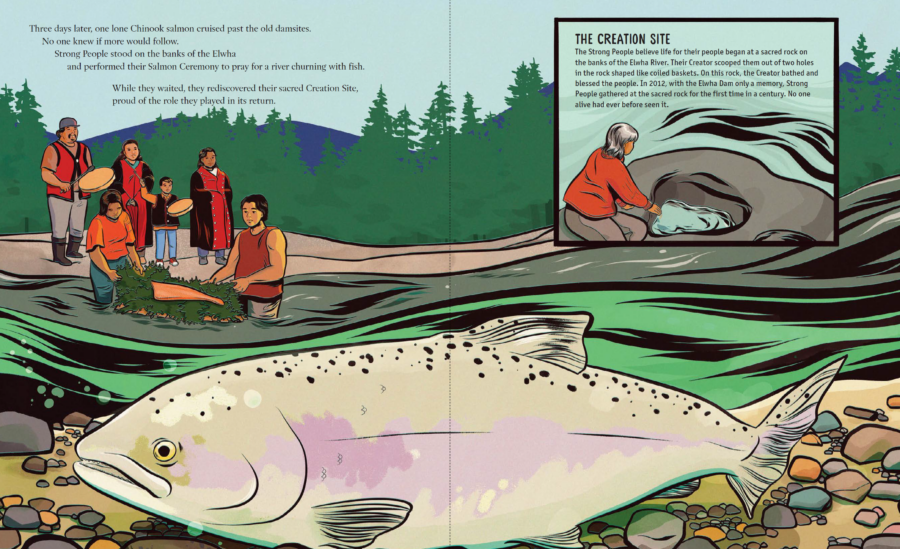

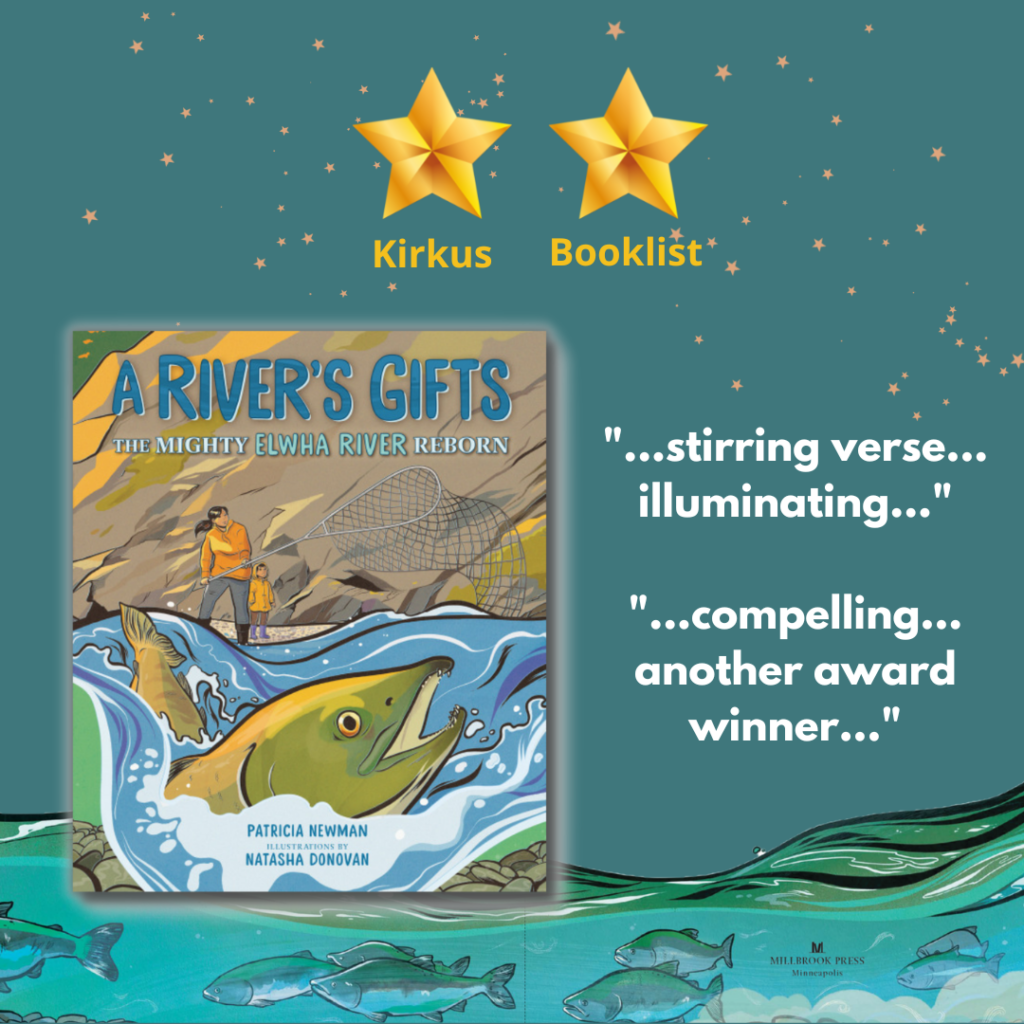
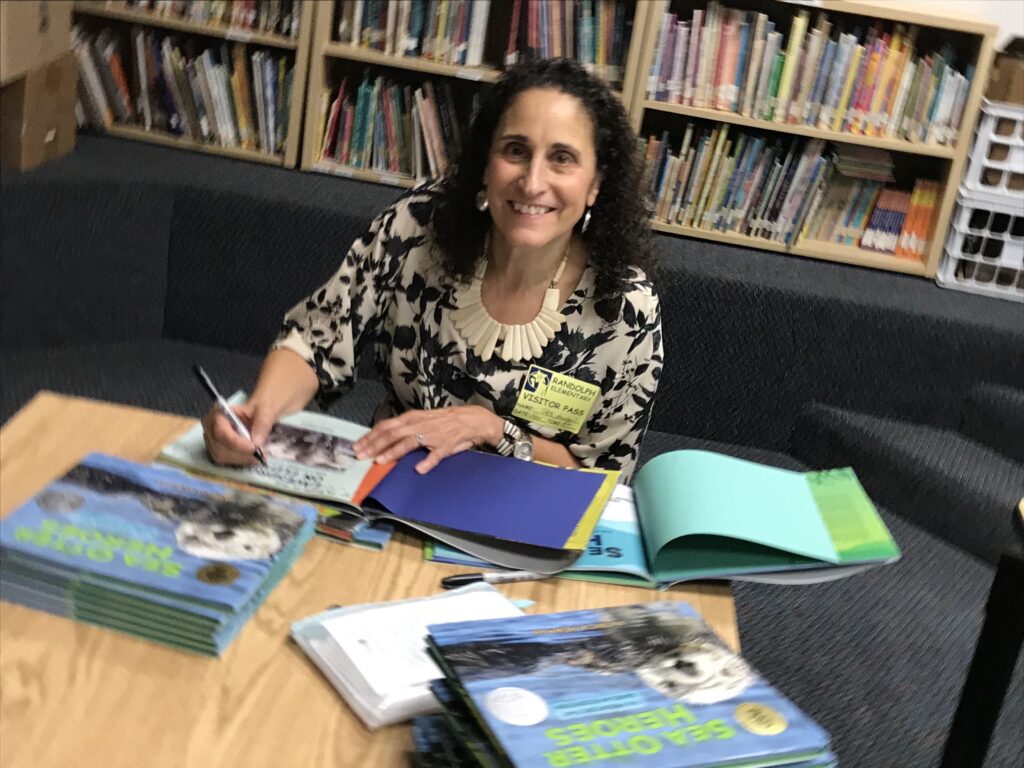
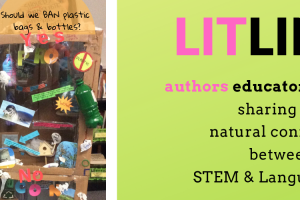
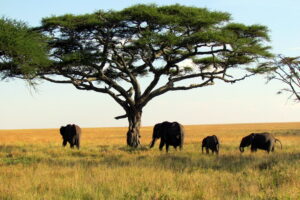
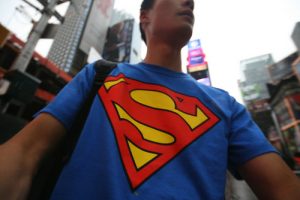


Leave a Reply
Your email is safe with me.